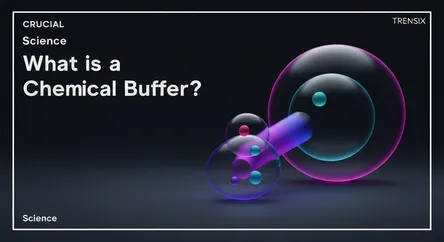Science
What is a Chemical Buffer?

An explanation of chemical buffers, solutions that resist pH change, and their vital role in biological, industrial, and everyday processes.
What is it?
A buffer is an aqueous solution that resists significant changes in pH upon the addition of small amounts of an acid or a base. This stabilizing action is crucial for reactions that require a specific and stable pH range. A buffer solution is typically composed of a weak acid and its conjugate base, or a weak base and its conjugate acid. These two components exist in equilibrium and work together to neutralize added acids or bases, thereby maintaining a relatively constant hydrogen ion concentration.
Why is it trending?
The concept of buffering is fundamental and perpetually relevant in chemistry, biology, and industry. In biological systems, many enzymes can only function within a very narrow pH range, making buffers essential for life. The bicarbonate buffer system, which regulates the pH of human blood, is a critical example. Industrially, buffers are vital in processes like fermentation, manufacturing dyes, and pharmaceuticals to ensure the quality, stability, and effectiveness of products. Continuous research and application in fields from medicine to food preservation keep this topic at the forefront of applied science.
How does it affect people?
Buffers have a direct impact on human life and everyday products. The most critical application is within our own bodies; the blood buffer system maintains a pH of about 7.4, and any significant deviation can be fatal. Buffers are also widely used in consumer goods. They are found in medicines to maintain their effectiveness, in food products to control taste and prevent spoilage, and in personal care items like shampoos to ensure they are not irritating to the skin or scalp. They even maintain the water balance in swimming pools.